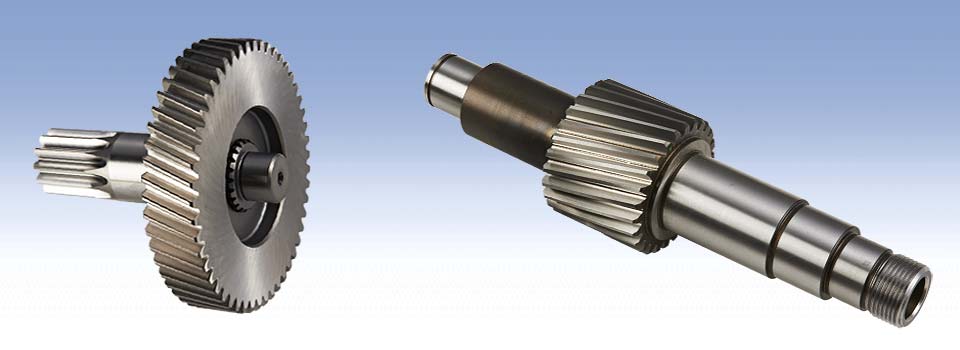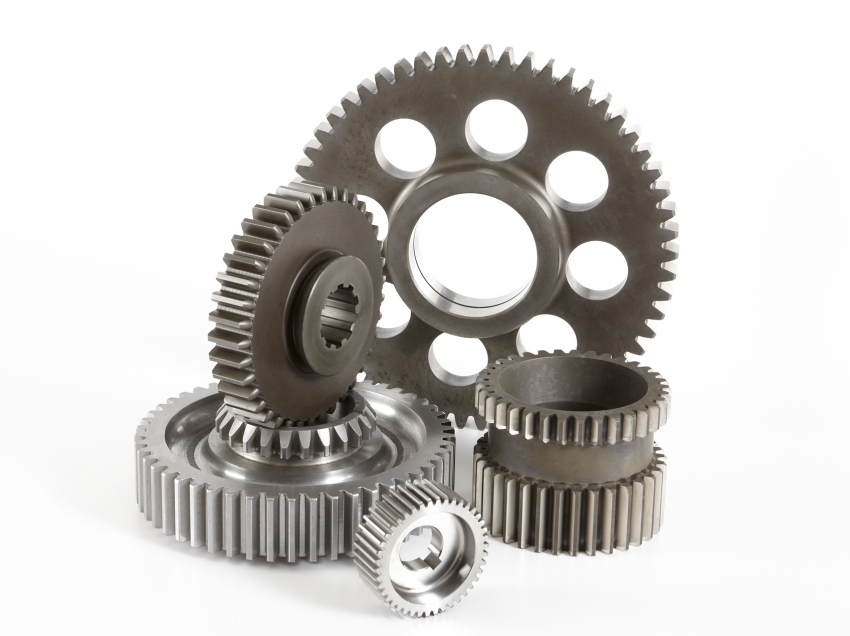Gears are those mechanical components of a machine which are responsible for transmission of torque by meshing through teeth present. It can produce a change in torque hence also considered as a simple mechanism.

It the best tool to transmit torque, modify velocity and alter the direction of the power source. These are of following types:-
These are manufactured through hobbling process in which a helical cutting tool is used to continuously the teeth and are considered best when there is a need for transmission in the small area. Gear and Shafts are rotating machine elements which transmit power from one machine part to another or from one machine to another. They provide a link between a power producing and power absorbing devices. These are high rotating components of an instrument so they have to make up of materials which can withstand following stresses:-

Hence, to withstand the pressures mentioned above shafts are made up of mild steel. When there is a need for high strength, alloy steels such as nickel, nickel- chromium steel and chromium vanadium steel are used. Since on some shafts, there are keyholes, so some design allowance is also considered.
There are no such broad classifications for shafts; they are categorized as:-

It the best tool to transmit torque, modify velocity and alter the direction of the power source. These are of following types:-
- Spur
- Rack and pinion
- Helical
- Double Helical or Herringbone
- Spiral Bevel
- Zerol Bevel
- Worm wheel
- High tensile strength
- Great endurance
- Excellent manufacturability
- Low coefficient of friction
These are manufactured through hobbling process in which a helical cutting tool is used to continuously the teeth and are considered best when there is a need for transmission in the small area. Gear and Shafts are rotating machine elements which transmit power from one machine part to another or from one machine to another. They provide a link between a power producing and power absorbing devices. These are high rotating components of an instrument so they have to make up of materials which can withstand following stresses:-
- Shear stress due to transmission of torque.
- Bending stress due to self-weight and weight of other transmission components mounted over.

Hence, to withstand the pressures mentioned above shafts are made up of mild steel. When there is a need for high strength, alloy steels such as nickel, nickel- chromium steel and chromium vanadium steel are used. Since on some shafts, there are keyholes, so some design allowance is also considered.
There are no such broad classifications for shafts; they are categorized as:-
- Transmission shaft – Used to transmit between a power producing and power absorbing components.
- Machine Shaft – Used to transfer inside a device.
No comments:
Post a Comment